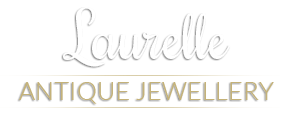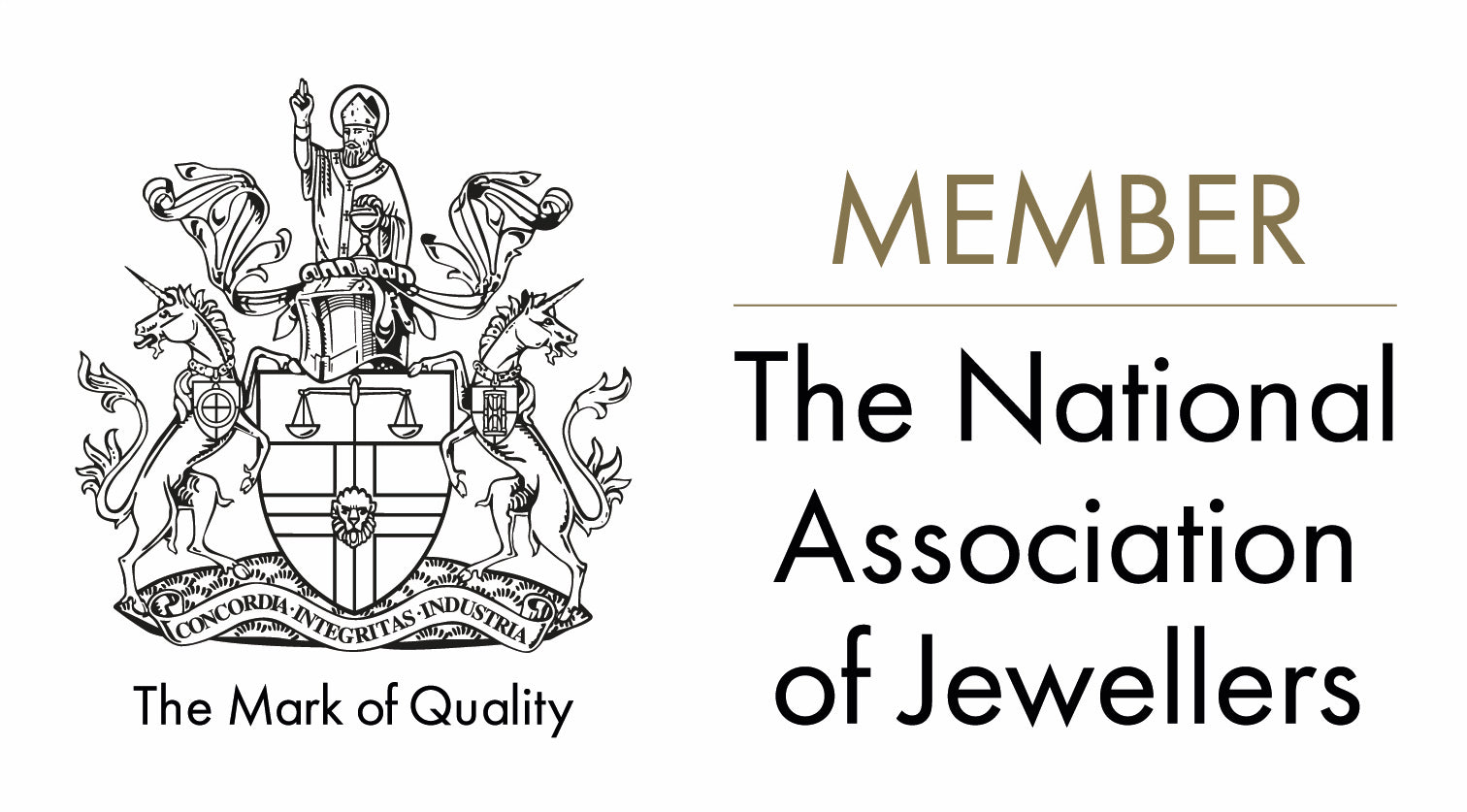Period Focus: Edwardian Jewellery (1901 - 1915)
If you have been following the Antique Jewellery Online blog, you will know we have been featuring a period Focus theme recently. Continuing that theme, let us now move from the Victorian into the Edwardian period.
From 1901 to 1910, Britain was ruled by the English king, Edward VII and the period marks the last era in jewellery to derive its name from a British monarch. The eldest son of Queen Victoria, unlike his mother, Edward celebrated luxury, surrounding himself with the then emerging nouveau riche and enthusiastically embracing plutocratic society.
An unashamed playboy, King Edwards jocular disposition and love of all things lavish, bore a great influence on the jewellery of the time. Stylistically, Victorian jewellery trends began waning as Queen Vitorias own health began to suffer. Then, Edwards inauguration cemented new and exciting fashions for jewellery which outlasted the King himself and endured up until the beginning of World War 1.
Changing Style and Means of Production
Advents in machine based technology were hailed as an innovation in jewellery making during the Victorian Period. In contrast, the Edwardian period rejected this machine-made approach to jewellery production, and so the Arts and Crafts movement was born.
The Arts and Crafts movement arose as an antidote against the industrialism and mass production of the Victorian Era. Wealthy jewellery buyers felt that machine-made jewellery failed to meet the standard they expected and mass produced machine-made items were seen as lacking creativity and individuality. The prevailing fashion of the time was one which sought to unashamedly celebrate a love of finery and wealth which effectively effaced the popularity of machine-made, ostentatious and large pieces in favour of all things delicate, detailed and ethereal.
One the best known designers of the time, Cartier, for example, was even said to have tasked his designers to rove the Parisian streets in search of 17th and 18th century inspiration. As well, The Court of Versailles with its intricate and austere architecture, provided inspiration for a wealthy customer base which prized aristocratically influenced designs and styles, and lavish ornamental motifs.
Materials and the Emergence of Platinum
Perhaps unsurprisingly, the materials used and popular in jewellery making during the Edwardian Period were some of the most expensive and exquisite available at the time. Diamonds were by far the most popular stone of the time, but coloured stones, such as garnets and emeralds were also routinely used.
Platinum also became very popular during the Edwardian Period. Whilst machine-made jewellery fell out of favour, new technological advances during the Edwardian Period meant that by 1903 platinum could be fabricated and milligrained to create sophisticated and impressive lace-like patterning and pieces which had not previously been possible.
Therefore, platinum appealed to the Edwardian jewellery buyer for two main reasons. Firstly, never before had solid platinum jewellery been available or even possible. Hence, the new creative freedom and potential platinum afforded jewellery makers further fuelled the Arts and Crafts movement. Secondly, the white appearance of platinum perfectly complimented the pastels, lace and delicate fabrics that dominated Edwardian haute couture.
Motifs
As mentioned, 17th and 18th century architecture provided much of the inspiration for how metals and platinum were used and popularised the art of milligraining metal. Many of the most well recognised Edwardian jewellery motifs were similarly sophisticated and intricate and took their inspiration from the fine and expensive fabrics worn by the wealthiest in Edwardian Society.
Bow, swag, garland and tassel motifs, to name but a few, became incredibly trendy, whether used to create brooches, rings, bracelets, chokers, necklaces or earrings all of which were supremely popular at the time. Motifs were also determined by what would come to be known as the Art Nuevo aesthetic which pioneered concept of the free flowing line to create similarly intricate and sophisticated pieces, reminiscent of vines and botany inspired designs characteristic of the period.



